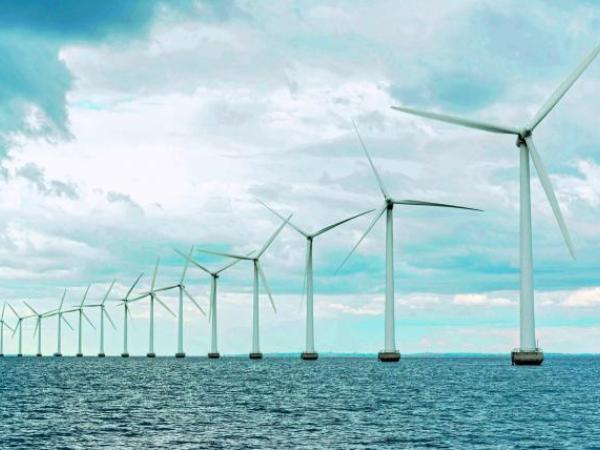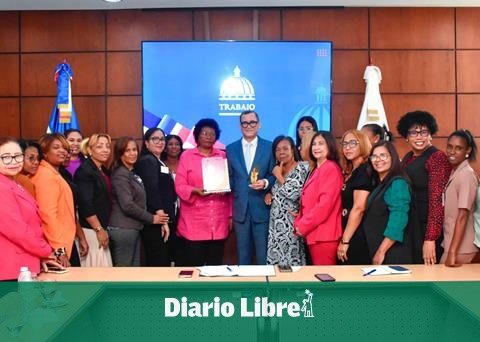The nation already has the roadmap ready with which it seeks to develop in the medium term offshore wind projects in the waters of the Caribbean Sea off the coast of Atlantic, Magdalena and La Guajira, and that it will have the support of multilateral organizations.
(See: Guajira 1 begins to work: this is how this new wind farm is).
“This roadmap was carried out in association with the world Bank and focuses on drawing up a plan to promote this type of project in the country. We are going to have the technical and regulatory conditions ready to anticipate the moment in which this resource is developed commercially.”, said Diego Mesa, Minister of Mines and Energy.
The initiative, contained in a document that is in the comments phase, registers a list of 34 recommendations which are grouped into eight thematic axes, derived from analyzes and evaluations for the development of wind farms in shallow waters of the Caribbean Sea, also in possible agreements with the public and private sectors, and in the contributions provided by WBG studies ‘Key Factors for Successful Development of Offshore Wind in Emerging Markets’, in which cases of countries advancing this technology are recorded.
(See: Everything ready for the new renewable energy auction in Colombia).
Likewise, the document is part of a series of studies on the subject carried out by the World Bank within the framework of the Assistance Program for the Management of the Energy Sector (Esmap) and the Offshore Wind Development Program of the International Finance Corporation (IFC).
It is noteworthy in its content that not only the Caribbean coast of Colombia, but also in its marine waters, register strong winds, which would become an abundant input for wind turbines, which would allow a total potential of approximately 109 gigawatts (GW) of offshore wind power.
The intention of the Ministry of Mines and Energy, and the Energy Mining Planning Unit (Upme), with the roadmap is to achieve the development of these renewable sources, and thus integrate them into the interconnected system. For this reason, the document will be complemented with a study that will identify the key areas in the waters of the Caribbean Sea to execute the initiatives, as is the case of the waters off the department of Atlántico, whose wind potential is higher than that recorded in the waters off the coast of La Guajira.
(See: Renewables: the six companies that already reign in the business).
For the technicians of the MME it is clear that, if the wind projects that are developed ‘onshore’ in this region are surprising for their results, thanks to the high level of wind speed, in the ‘offshore’ the results in terms of electrical generation would be much better, since the air currents are greater.
Thus, if these clean energy projects are developed in these waters, current at higher amperage would be produced, since it is estimated that the wind has a speed of one meter per second (1 m/s) above the coastal areas, because there are no obstacles that cut the air currents.
However, these complexes also have drawbacks: the cost of investment and maintenance are higher than those of an onshore wind power plant, in addition to the process to obtain its environmental license, which would be complex. by the nature of the work.
(See: More than 1,600 companies have their own power generation).
ALFONSO LOPEZ SUAREZ
Journalist Portfolio

















